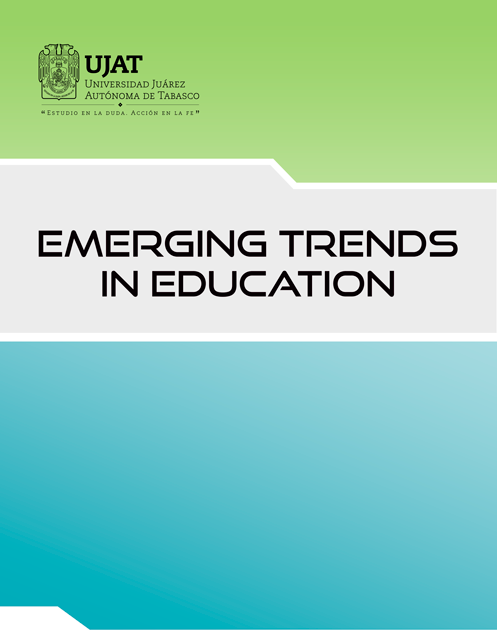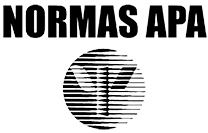Education and Technology: Myths and ambiguities in times of crisis
DOI:
https://doi.org/10.19136/etie.a6n12.6019Keywords:
Ambiguity, Uncertainty, Institutionalized rules, TechnologyAbstract
The purpose of this paper is to reflect on the education-technology duality with an addition: in crisis. When we talk about education, we refer to the formal and superior. The reflection points out and focuses its analysis, on the one hand, on the marked reflection of institutionalized rules (myths) contained in the environments of educational organizations in which technology is considered the appropriate means to achieve educational purposes and ends, because " regardless of their possible efficiency, they make the organization look adequate, rational and modern” (Meyer and Rowan, 1999, p.83). And, on the other, it reflects on technology from conceptions of order, resorting to the concept of ambiguity understanding it as "a lack of clarity in reality, causality and intentionality" (March 1994). It is recognized that today the world is characterized by uncertainty in the sense that there are no certainties in any field and crises such as the health emergency that impacted education. As a product of this theoretical work, we have educational organizations legitimized before society as modern, flexible, and harmonious organizations, but with an ambiguous, imprecise technology and with little clarity to achieve educational purposes.
References
Aparici, R. (s.f.). Trece mitos sobre las nuevas tecnologías de la información y de la comunicación. www.uned.es/ntedu. http://www.quadernsdigitals.net/datos/hemeroteca/r_7/nr_495/a_6747/6747.pdf. Consultado el 16 de noviembre de 2023.
Barroso, A.A. (2014). La construcción social de la tecnología a propósito de la educación: el caso de la telesecundaria en México. Revista Latinoamericana de Estudios Educativos, XLIV (4), 107-131. https://www.redalyc.org/pdf/270/27032872005.pdf
Berger, P. y Luckmann, T. (1995). La construcción social de la realidad. Amorrortu editores
Corona, J.M. (2012). La construcción social de internet: estrategias de uso y significación de la información. Paakt: Revista de tecnología y sociedad, “Redes sociales y diversidad”, 3(2), 1-14 http://www.udgvirtual.udg.mx/paakat/index.php/paakat/article/view/176
Duran, R., Estay-Niculcar, C y Álvarez, H. (2015). Adopción de buenas prácticas en la educación virtual superior. AULA ABIERTA, 43(1), 77-86, http://dx.doi.org/10.1016/j.aula.2015.01.001
Granados Maguiño, M.A., Romero Vela, S.L., Rengifo Lozano, R.A. y García Mendocilla, G.F. (2020). Tecnología en el proceso educativo: nuevos escenarios. REVISTA VENELOZOLANA DE GERENCIA, 25(92), 1809-1823. https://www.redalyc.org/journal/290/29065286032/html/
INEGI (2021). Comunicado de prensa núm. 185/21. Resultados de la encuesta para la medición del impacto covid-19 en la educación (ECOVID-ED) 2020. https://www.inegi.org.mx/contenidos/saladeprensa/boletines/2021/OtrTemEcon/ECOVID-ED_2021_03.pdf
Jiménez-Herrera, J., Lomelí-Gutiérrez, R., Sánchez-García, J. E., & Gutiérrez-Herrera, B. E. (2023). Modelos educativos alternativos, mitos y ambigüedades: el caso de la Universidad Veracruzana. CIID Journal, 4(1), 22–43. https://doi.org/10.46785/ciidj.v4i1.101
March, J. (2005). Ambigüedad e interpretación. En G, Ramírez (Ed.), Temas selectos: Representaciones simbólicas en las organizaciones (Vol.1). Sección 3, Lectura 5
Meyer, J, y Rowan, B. (1999). Organizaciones institucionalizadas: La estructura formal como mito y ceremonia. En W.W. Powell y P. J. Dimaggio (Coord.), El nuevo institucionalismo en el análisis organizacional (79-103). FCE.
Real Academia Española (2022). Crisis. En Diccionario de la lengua española. Consultado el 16 de noviembre de 2023. https://dle.rae.es/crisis?m=form
Sánchez, J.A. (2004). Educación y tecnología. Alcalibe. Revista Centro Asociado a la UNED Ciudad de la Cerámica, 4, 241-252. http://www.unedtalavera.es/wp-content/uploads/2019/05/Alcalibe-2004-paginas-241-252-uned-talavera.pdf
Varona, F. (2022). Ambigüedad en la categoría tecnología educativa. Sophía, 33(1), 249-277. https://doi.org/10.17163/soph.n33.2022.09
Downloads
Published
Issue
Section
License
Copyright (c) 2024 Emerging Trends in Education

This work is licensed under a Creative Commons Attribution-NonCommercial-NoDerivatives 4.0 International License.





























